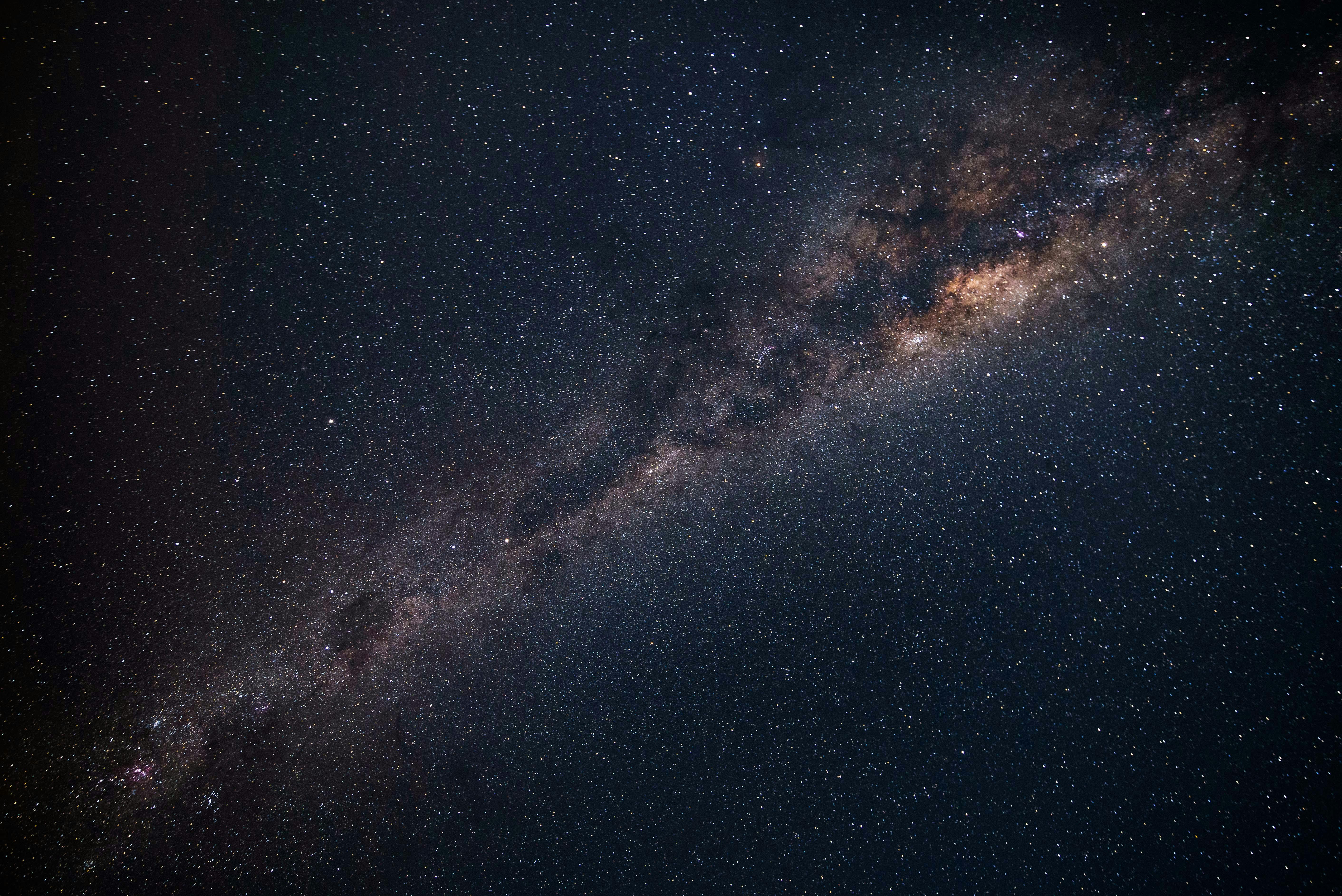When you look up at the night sky what are you really looking at? With a few simple tips and some helpful resources, you can transform yourself into a stargazing master in no time! This article will help you and your kid delineate the objects in the night sky as we uncover its secrets.

Choosing Your Stargazing Spot
Finding the right spot to look into the sky is key to seeing as much as possible.
Get Away From the City Lights: The biggest enemy of stargazing is light pollution. The glow from streetlights and buildings washes out the fainter stars. Try to find a location far from city centers, like a park, field, or even your own backyard if it’s dark enough.
Choose a Clear Night: Pick a night with no clouds. This will give you the best possible view of the stars.
What to Bring On Your Adventure:
- Star Gazing App: A star chart or a stargazing app on your phone can help you identify constellations and find interesting objects in the night sky. We’ll cover some easy constellations to start with below!
- Laser pointer: Laser pointers will look like a lightsaber at night. Use it to point at objects to make it easier for your kids to see what you’re looking at. I have linked the laser I use for pointing out objects in the sky at the end of the article.
- Blanket or Chairs: A good blanket or chair can go a long way. It also makes the idea of stargazing more interesting to children to gather materials and have a set up.
- Snacks and Drinks: Stargazing makes for a fun night activity. Make this activity more of a treat then a lesson. This keeps kids engaged longer.
- Flashlight with Red Light: A red light flashlight is always useful to have in your stargazing set up. You can use this flashlight to see without causing light pollution.
Easy Constellations for Beginners:
- The Big Dipper (Ursa Major): Possibly the most famous star pattern, the Big Dipper looks like a big ladle or spoon. It’s part of a larger constellation called Ursa Major (the Great Bear).
- Orion the Hunter: Easily recognizable by the three stars in a line forming his belt, Orion is one of the most prominent winter constellations. Look for this mighty hunter in the southern sky.
- Cassiopeia: This constellation looks like a giant “W” or “M” in the sky and is visible all year round in the Northern Hemisphere.
And remember, these consolations were originally created thousands of years ago and can get pretty creative sometimes, so come prepared with your imagination!
Tips for Spotting Constellations and More:
- Start Simple: Don’t try to find every constellation at once. Focus on learning a few easy ones at first, then expand your knowledge as you get more familiar with the stars.
- Let Your Eyes Adjust: It takes about 20 minutes for your eyes to fully adapt to the darkness. Avoid looking at bright lights (including your phone screen!) during this time to maximize what you can see.
- Use Your Peripheral Vision: Sometimes faint stars are best seen out of the corner of your eye. This is because your peripheral vision is more sensitive to dim light.
- Look for Planets: Planets are often brighter than stars since they are much closer. The stargazing app linked will show you where they are.
- Satellites: Use this satellite tracking app to see satellites or the International Space Station. It will look like a bright light travelling fairly quickly across the night sky.
Expanding Your Stargazing Knowledge
Telescope link
Remember: The Wonders Await
Stargazing is a rewarding hobby that connects you to the vastness of the universe. With patience, practice, and a sense of wonder, you’ll soon be navigating the night sky like an astronomer.
